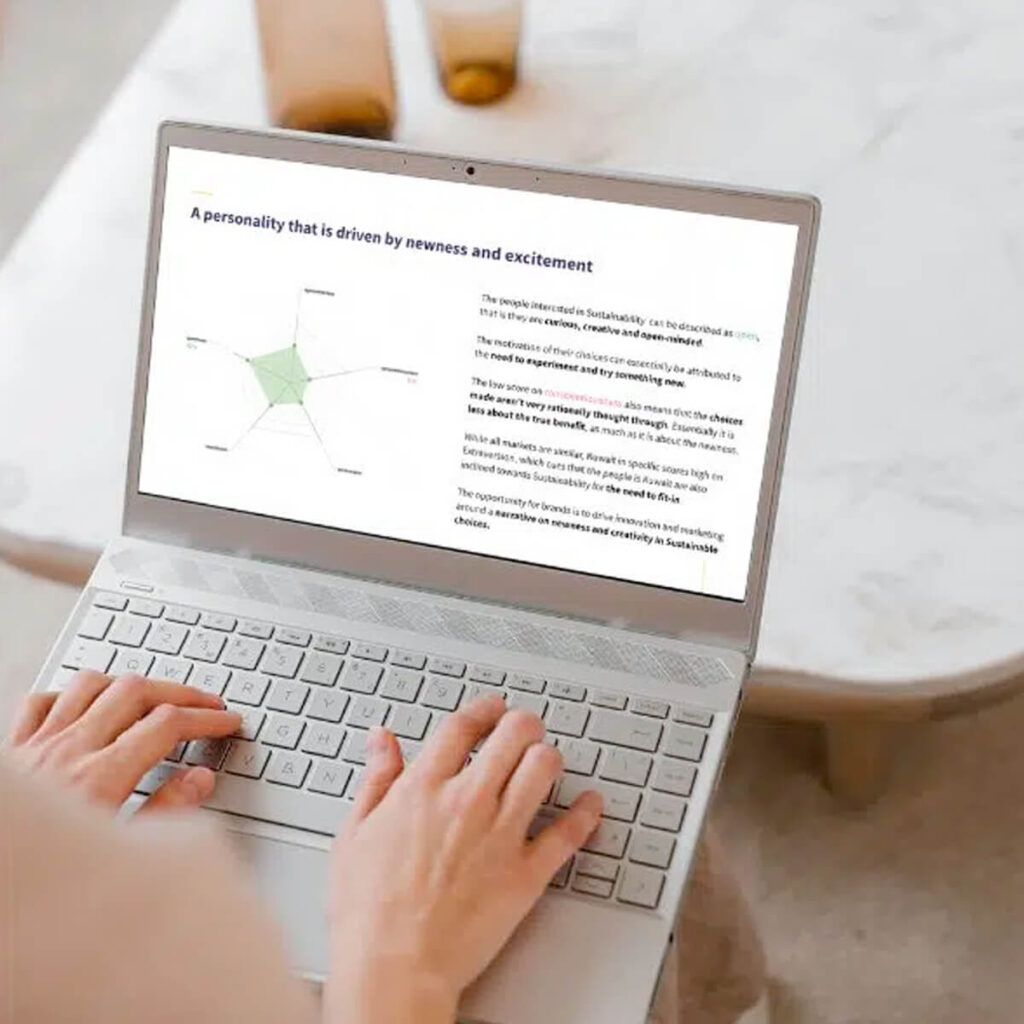A leading food staple organisation with multiple brands of commoditised categories (packaged rice and cooking ingredients) was moving away from a blanket marketing strategy to a targeted approach.
Our approach focuses on understanding the different consumer segments. In this case, the different types of mothers responsible for cooking in Saudi.
Mayar foods (part of AlMuhadib) approached Sila for this strategic need to identify and understand each segment and create a roadmap of the most effective strategies to engage with them.











